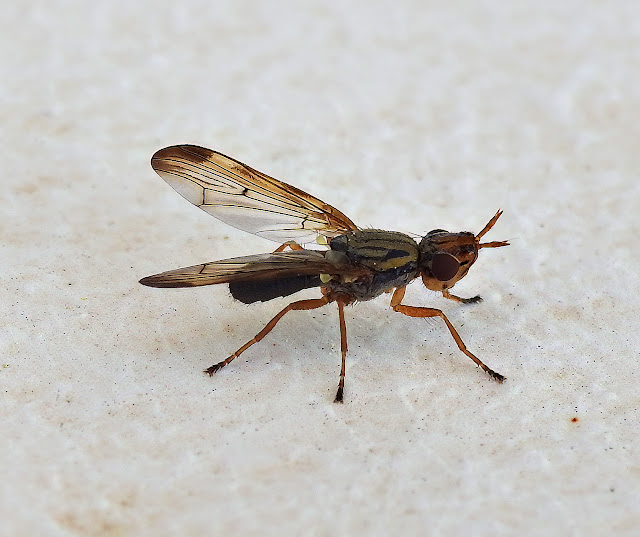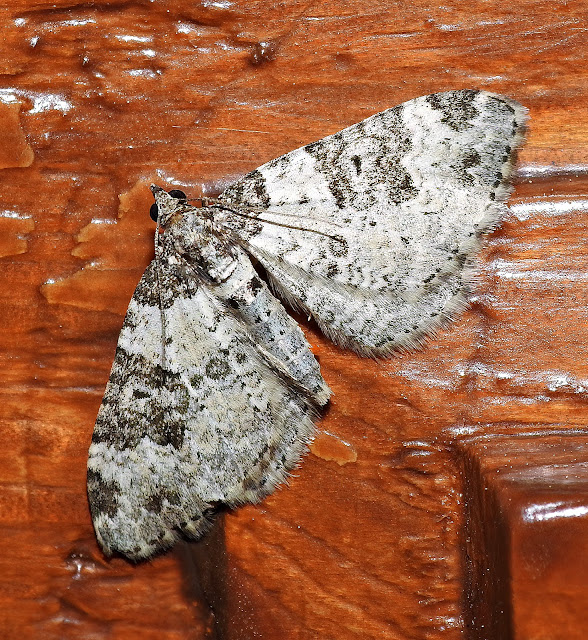This Blog contains Wildlife, Plants and Bird Photos from Walks, Safaris, Birding Trips and Vacations. Most of the pictures have been taken with my Nikon P900 and P950X cameras. Just click on any image for a larger picture. On the right column under the Blog Archive are the entries by date. Below that under Animal categories all the diffent species of Animals, Birds, Insects and Plants contained in the website are listed. Clicking on any entry will show all the entries for that species.
TOTAL PAGEVIEWS
TRANSLATE
Saturday, 15 April 2023
15-4-2023 RIO SERPIS, GANDIA - GREY HERON (Ardea cinerea)
Generally quite common and conspicuous in wetland habitats from marshes and tidal flats to small ponds, ditches, and wet fields; nests colonially in tall trees. Mainly seen as singles or in small groups, standing quietly in or at the edge of water, less often hunting in fields. Plumage mostly gray overall, with paler neck; adult has white crown, black eyebrows, and black shoulder patch. Like other herons and egrets, flies with neck pulled in to form a bulge.
15-4-2023 RIO SERPIS, GANDIA - EUROPEAN GOLDFINCH (Carduelis carduelis)
Beautiful little finch with a sharp pink bil, cherry-red face, and brilliant black-and-yellow flashes in the wings. Western birds (Europe east to far western Central Asia) have a black-and-white cowl; eastern birds (rest of Central Asia) lack this cowl, and are grayer overall, with more white on the wing. Juvenile (seen in late summer and autumn) has a plain head but is told easily by bold wing pattern. Uses a wide array of wooded and open habitats, from forests and gardens to steppe grasslands and meadows; often feeds on seeding thistles. Forms flocks in autumn and winter, gathering at food sources. Can be inconspicuous, but often detected by pleasant bubbling and twittering calls and song.
15-4-2023 RIO SERPIS, GANDIA - YELLOW LEGGED GULL (Larus michahellis)
Friday, 14 April 2023
12-4-2023 MARJAL DE MOROS, VALENCIA - MEDITERRANEAN SPOTTED CHAFER (Oxythyrea funesta)
14-4-2023 MONTE CORONA, VALENCIA - PHOENIX FLY ( Dorycera graminum)
Dorycera graminum is a species of picture-winged fly in the genus Dorycera of the family Ulidiidae found in Croatia, Corsica, the United Kingdom, Austria, Germany, Italy, Hungary, Poland, Portugal, Slovakia, and Spain.
13-4-2023 CANAL LES FONTS OLIVA, VALENCIA - EUROPEAN MOORHEN (Gallinula chloropus)
The common moorhen (Gallinula chloropus), also known as the waterhen or swamp chicken, is a bird species in the rail family (Rallidae). It is distributed across many parts of the old world.
The common moorhen lives around well-vegetated marshes, ponds, canals and other wetlands. The species is not found in the polar regions or many tropical rainforest. Elsewhere it is likely the most common rail species, except for the Eurasian Coot in some regions.





















%201.jpg)
%202.jpg)
%203.jpg)



















%201.jpg)


%201.jpg)
%202.jpg)
%203.jpg)
%204.jpg)